
There seems to be a generational gap between boomers and Gen X-Y-Z youth about, well, everything. Instead of sticking our heads in the sand and assuming we’re right, listening to what they have to say may help us reinvent ourselves and society as we begin to build the new normal in the wake of the coronavirus. I’ve interviewed Michael Beck, a recent graduate with a MS in robotics from Carnegie Mellon, about why Gen X-Y-Zers feel disenfranchised, and solutions he sees that I believe boomers will find intriguing. You can listen to this 20-minute podcast here, or find GakkoMom on iTunes, and subscribe to my podcast. Beck’s podcast is also embedded here:

There seems to be a generational gap between boomers and Gen X-Y-Z youth about, well, everything. Instead of sticking our heads in the sand and assuming we’re right, listening to what they have to say may help us reinvent ourselves and society as we begin to build the new normal in the wake of the coronavirus. I’ve interviewed Michael Beck, a recent graduate with a MS in robotics from Carnegie Mellon, about why Gen X-Y-Zers feel disenfranchised, and solutions he sees that I believe boomers will find intriguing. You can listen to this 20-minute podcast here, or find GakkoMom on iTunes, and subscribe to my podcast. Beck’s podcast is also embedded here:

I am reflecting on my one-year term as the 2019-2020 California Mother of the Year today as I pass the “baton” on to Simona Grace, the new 2020-2021 California Mother of the Year. Last April, we celebrated at a gala with friends and family at the Flintridge Country Club in La Canada. A few weeks later, I joined the 50 other Mothers of the Year who represented each of their states at the National American Mother’s Convention in Washington, DC. I met dynamic women who were incredible mothers and advocates for causes important to them.
During the first few weeks in my new position, my staff and I created a new website and laid out a plan. I shared with young families, tips on how to set up free child care in their homes. By organizing their own preschools and inviting a few other children to join the programs, the hosting family receives a private, individualized program for their children for free. This is a win-win situation for parents and kids.
Next, I worked with college-bound teens to help them do projects. These projects give them experiences in potential careers, and it gives them a unique opportunity to stand out in the college admissions process. Doing independent projects also increased the scholarships and grants received. Imagine if every college-bound student did a project? They could solve many problems we’re facing with the coronavirus, climate change, fracking, GMOs, immigration – you name it!
And finally, I have put together a fire prevention plan that gives residents an easy way to give their local fire departments vital information. I’ve met with the fire chief, marshals, Cal Fire, and other agencies to get their expertise and to make sure this online form has all the pertinent information they need. I’m also working with third-party companies that will process this data and deliver reports to the corresponding fire departments. We’re doing a test run in Santa Cruz County and then we plan to expand to the state of California, and then to each state in the country.
I’ll continue to move forward on all 3 platforms – even after my term ends as Mother of the Year. I also plan to support Simona as she establishes her new platform, and the California American Mothers Association. Thank you for giving me this incredible opportunity and trusting me to represent California mothers.

Four generations of Kawana girls! My Kawana grandmother loved babies and when Nicole was born as her first great granddaughter, she couldn’t get enough of holding Nicole. My mother says that her 4 grandchildren are the highlights of her life. Becoming a mother to Nicole and Jaclyn changed the direction of my life. Every stage of their lives from preschool to college, musical theater, dance, and travel became the center of my universe. Happy Mother’s Day to all moms!
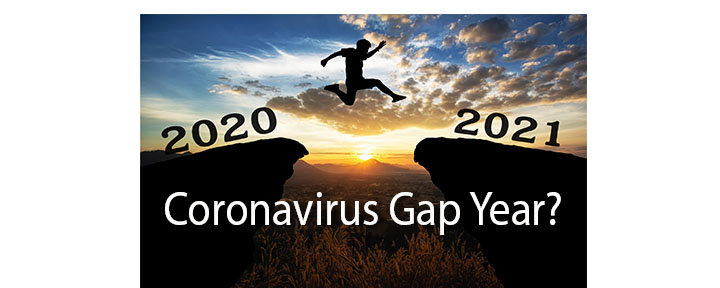
Students born in 2002 are facing TWO WHAMMIES this year. First, they’re graduating high school without the pomp and circumstance that every senior class since WWII has celebrated. You know the senior prom, graduation day, and grad parties. Second, they may miss out on the freshman experience this fall. Colleges don’t know if they’ll open their campuses or if they’ll conduct online classes like they did this spring semester. So what’s a high school grad to do? GAP YEAR!
Taking a traditional gap year may be the only option that grads can take if they want to have some sort of control over their future. Many colleges offer gap years to allow students to postpone their start date by one or two semesters and start the following year without having to reapply.
By delaying their matriculation to college, they won’t be at the mercy of the college or university’s decision to offer online, on campus, or some sort of hybrid instruction this fall. It takes the uncertainty away and puts the student in the driver’s seat. Parents love this because they won’t have to pay tuition or room/board during this turbulent time.
Other gap year options include doing independent research or projects, taking community college classes or doing structured programs that the college/university offers. Unfortunately with the coronavirus, students won’t be spending time travelling abroad as they have in previous years. Taking any kind of gap year will require working with your college’s advisors to navigate the newly emerging programs that every college is frantically organizing.
Talk to your advisor at your college to discuss options that work for you. Taking a gap year can be a double win: You get to choose what you’ll do this year and you get to have your freshman experience next year — presuming we get the coronavirus under control by then.
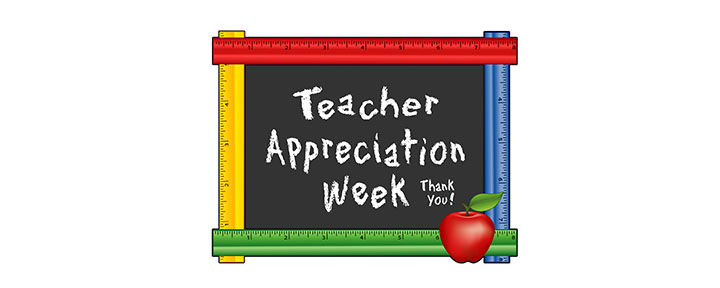
I think we all want to thank our teachers for putting our children first. This year during the shelter-in-place orders, teachers nationwide are conducting their classes from their homes while often caring for their parents and homeschooling their own children. As they shelter in place, suddenly they had to learn how to set up online classes and troubleshoot their students’ connectivity issues. Many teachers are reaching out to their students with drive-by materials drop offs and encouraging words.
Our teachers have one of the most important positions in our children’s lives. Not only do they teach academic subjects, but they also teach compassion and other life skills. They are role models to many students and often they become confidantes to at-risks kids.
Thank you to all of the teachers! Thank you for preparing our children for the future. We love you and we need you!
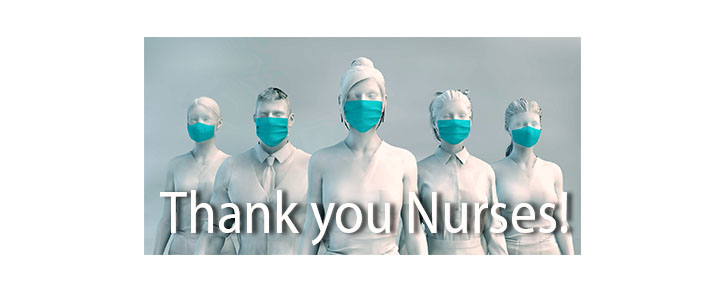
Thank a nurse today — and every day. They chose this profession to care for all of us and it is a thankless job. Did you know that…
- 8 out of 10 nurses say they and their coworkers don’t have enough PPE.
- 8 out of 10 nurses say their hospitals do not have sufficient staffing.
- Nearly 9 out of every 10 nurses say staff can’t request and receive COVID-19 testing quickly.
- 8 out of 10 nurses say their hospitals do not have enough ventilators.
- 9 out of 10 nurses say the federal government is not doing enough to ensure there is sufficient PPE and other protections.
Tell congress to support the Medical Supply Chain Emergency Act, which will force this administration to increase production of vital supplies like masks, ventilators, and gloves. Now that’s supporting our nurses!
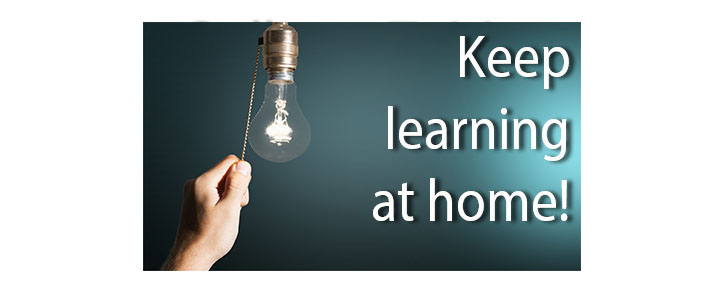
We are just beginning to see the impact of the coronavirus on our education system in the US. In California, we expect to lose about $1,400-$2,000 per student. That’s 15% reduction from the $13,000 per student the state now receives. This will likely translate to larger class sizes, layoffs and furloughs, and pay cuts when we resume classes. We’ll need much more than emergency funds and stimulus packages to save our schools, we’ll need the federal government to step in.
As a college advisor and director at Merit Educational Consultants, I’ve advised my students and their families to supplement their current education to ensure that they continue to learn and that they’ll be prepared for classes whenever they resume. I’ve taken a lot of heat for my stance because not all students can do this. Disadvantaged communities are always hit the hardest and my heart goes out to all of them. That said, here’s what I am recommending.
1. Reading:
This may be the only time when kids are bored of watching Netflix! Order books or ebooks and set up reading time each day. This will build reading fluency, vocabulary, and comprehension. Discuss the books with your children and watch movies based on the books. With at least 16 weeks before school starts up again, they can read dozens of books. Introduce classics to build the reading literacy.
2. Writing:
Writing critical analyses about the books they read will give them a huge advantage when they return to their classes. This requires them to think about the story lines and practice writing. Most classes aren’t requiring students to write essays at this time so having them write every day will improve their writing skills. They can also write letters to grandparents and family that they miss. Bringing back letter writing can be a good thing.
3. Math:
Continue to do math exercises in their textbooks or online programs. Math, like writing, requires practice and mileage. If they stop doing math, their brains will atrophy and they’ll fall behind when school starts up again. Give them math computer games that reinforce basic math skills. Move ahead in math textbooks and explore online programs like Khan Academy to get lessons and practice problems.
4. Science:
Review and cover concepts taught since the start of the school year. This will reinforce weak areas and introduce new lessons. Check online for labs and Youtube videos to enhance classes and to ensure that they are ready to move on to the next level in the fall.
5. Modern Languages:
Introduce radio, TV, and movies (with subtitles) in the modern language that your child is studying in school or any language of interest. This helps them stay tuned in with the language and it will build vocabulary and improve their accents. They can do online classes and play video games.
6. Projects:
Choose something that fascinates them and build a project around that. They can do something to help others during this pandemic. They can also write a book, start a club, create an app, design a gadget, build furniture, and do just about anything they’re interested in. Working with family and friends in Hangouts or Zoom, they can get guidance and support to keep them going. For project ideas, check out ProjectMerit.
Many classes will not complete all of the lessons listed on the syllabi, so block off time for your kids to do them on their own. Read those chapters or go online and get supplementary Youtube videos, Khan Academy lessons, or worksheets. By having a routine to do these supplementary activities, we may stave off stress and uncertainty. Kids love routines and they will be more prepared for school if they can spend a little time doing academics at home while sheltering in place.
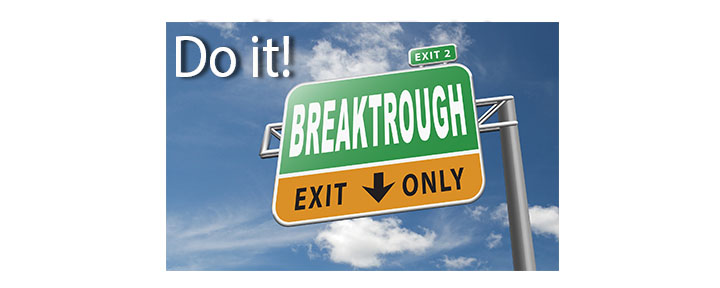
While we may feel like we were side swiped by the coronavirus and the disarray that the shelter-in-place order has caused us economically and socially, we should have known better. The signs were all there. Looking at the big picture, we have grown so big, so quickly, that we lost sight of what’s important.
Since the colonial times, America has been the pillar of innovation and entrepreneurship because it was founded by true pioneers. Our ancestors came to the United States to improve their lives; when they first arrived, they all faced discrimination, poverty, and uncertainty. It was those brave souls who came from the Europe, Asia, Africa, and South America who formed this incredible nation.
These wise and brave people built homes, started businesses, grew vegetables, and raised livestock. It’s their ingenuity that improved and increased production to make our lives better. The Industrial Revolution brought the cotton gin and the printing press. America was the leader in producing the biggest and the best, and we became a superpower. BUT, that was the beginning of the end.
Although we are grateful for the light bulb, the automobile, the airplane, and the refrigerator, we lost sight of the value of the well being of individual people. Businesses grew into large corporations with shareholders who demanded bigger profits with little regard for how their products might harm consumers or the earth. Just over the past 100 years, corporations have exploited marketplaces by choosing profits over the safety of the very people they sold their good to. Here is just the tip of the iceberg:
1. PLASTICS
Made from petroleum, plastic is in or used to package just about everything we buy. We produce so much plastic waste that landfills are closing and oceans are drowning in single-use plastics.
2. MEATS and DAIRY
Our livestock are pumped full of antibiotics and hormones to bump up sales and minimize labor. We now face antibiotic resistance, which will cause a horrifying pandemic when people die from illnesses that used to be cured by antibiotics.
3. VEGETABLES and FRUIT
Corporate farmers use pesticides that have known carcinogens. Companies like Bayer-Monsanto face major lawsuits against them for their Roundup weed killer that has caused cancer in thousands of people. They also grow GMO plants to produce larger vegetables by altering the genetic makeup of the plants.
4. ENERGY
We have viable energy solutions (solar, hydrogen, wind, geothermal, etc) ready to go but oil and gas companies control the auto and energy industries. They want to use up all of the oil (pumping for gasoline) and gas (fracking for methane) to make billions of dollars instead of using clean energy like solar, hydrogen, and others. They are the major contributors to the Climate Crisis.
We have become complacent over the past 70 years. Life was good but we weren’t watching the captain steer the ship. We got lazy, we got fat, we got self absorbed. Maybe the coronavirus and the climate crisis coming to a head at the same time is exactly what we need to become the pioneers our forefathers once were.
Those of us who are strong, innovative, and entrepreneurs will once again overcome these obstacles and reinvent the way we live. Our students and college graduates have an opportunity to force change and unite together. I hope that they will find solutions that respect human rights and the earth. It’s time to help our neighbors, produce healthy foods, use less energy, and heal our bodies.
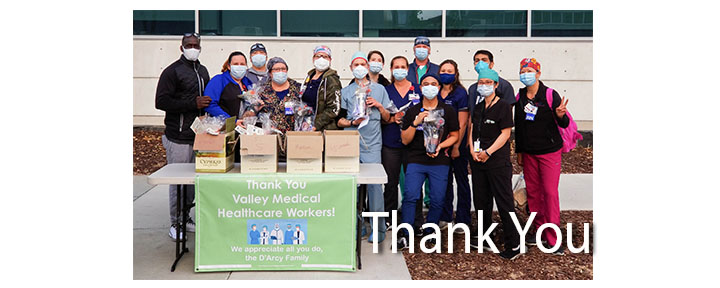
Just returned from Valley Medical Center after delivering our last batch of 3-layered cloth masks, plastic face shields, and bottles of wine. We set up our table at the end of their shifts to ensure that we would give the gift bags to all of the ER staff. Today’s shift ended at 7:00 am, so we were there at the crack of dawn!
With so little known about the coronavirus and what to expect with the shelter-in-place order, our doctors, nurses, techs and other frontline workers are stressed out. I loved watching their faces as they left the ER and walked over to get their gifts. Their smiles were all I needed to see as I sat in the RV watching from afar.
Thanks to Michele Roush for sewing masks, to my IT (who would like to remain anonymous) for making 3D face shields, and his girlfriend (also anonymous) for organizing the wine donations and discounts. Love how family and friends have stepped up to help, too. My sister Christine Grennier and my mother donated 500 surgical masks, and my aunt and uncle are planning to deliver a fancy meal and dessert to the ER staff.
Now we’re hoping to have enough supplies to do the same at Central Fire and AMR. These frontline healthcare workers help all people under stressful conditions. Want to help sew masks, print 3D shields, or donate funds? Come join us!
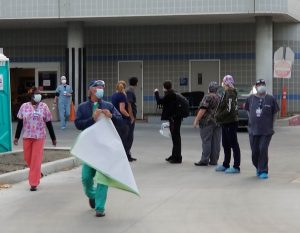

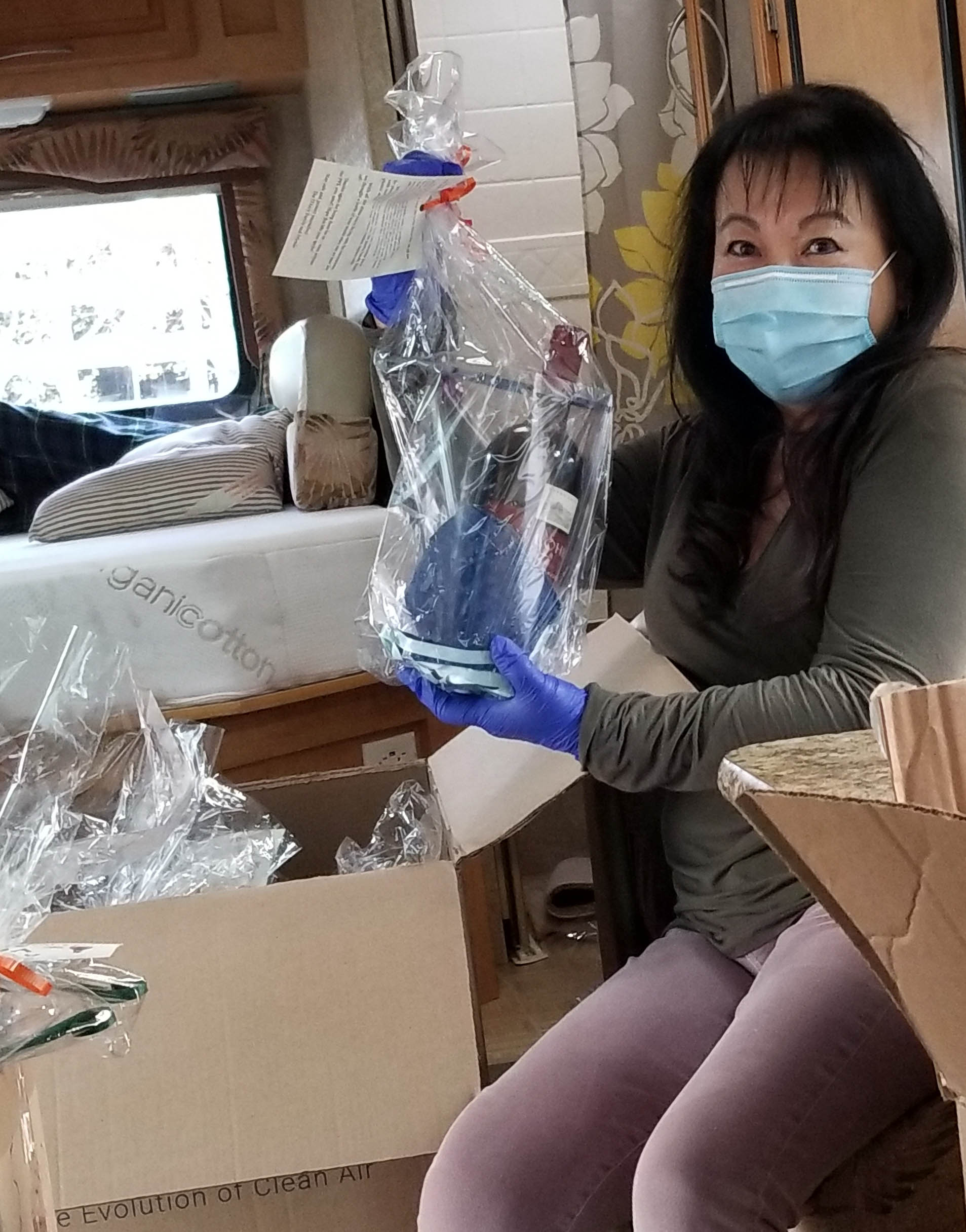
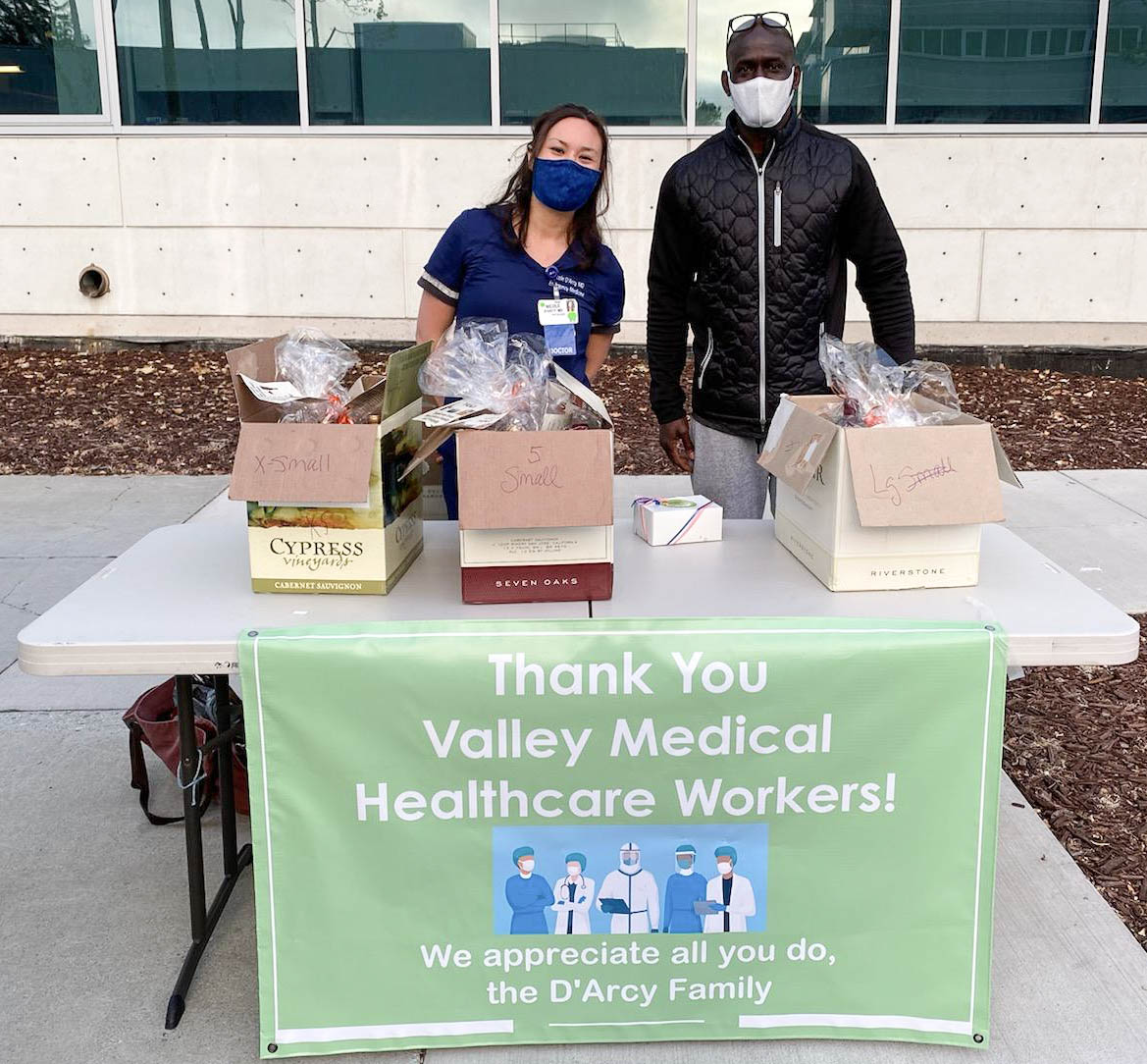
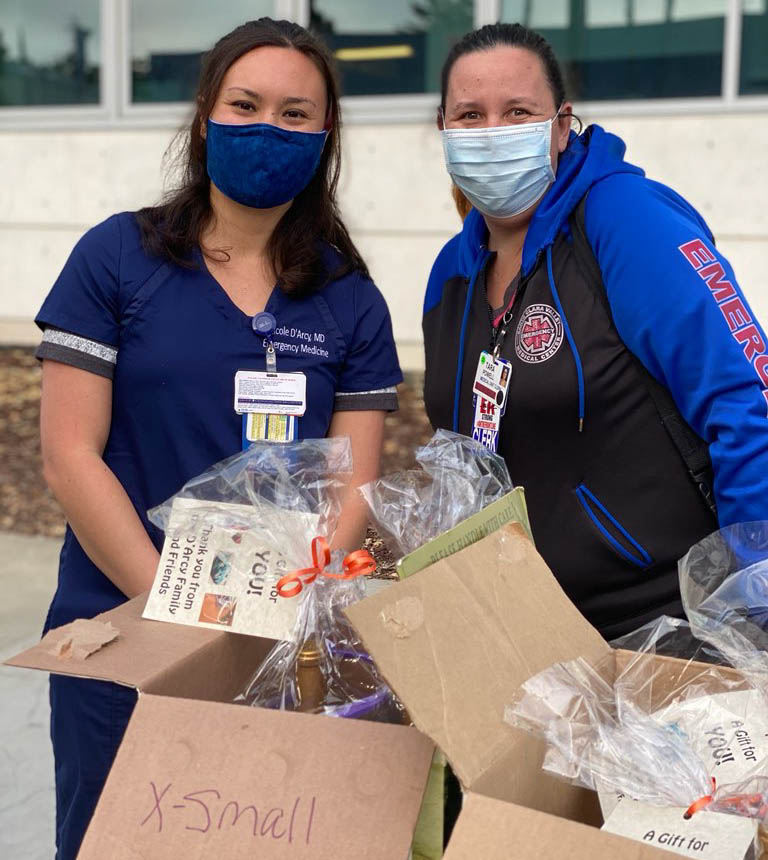
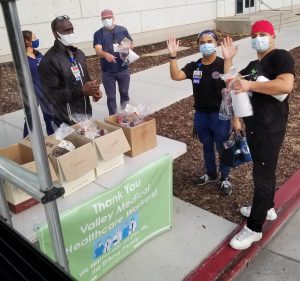
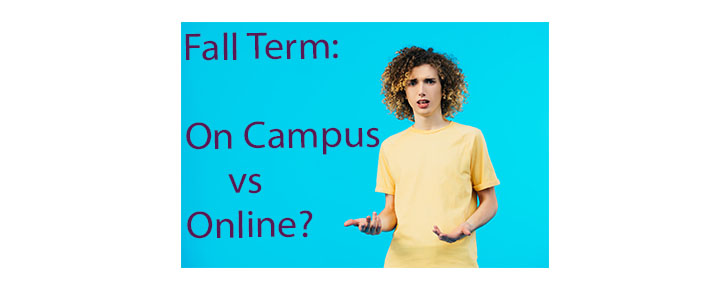
High school seniors have been robbed their senior top-dog activities like formals and proms, and most won’t be able to walk at their high school graduation with their classmates in May or June. What’s worse is that college-bound students don’t know if their colleges will have classes on campus this fall. Current seniors/soon-to-be college freshmen, may also be robbed their “freshman experience” if they are taking online classes from the bedrooms at home. With the May 1st deadline quickly approaching, seniors need to make final decisions about which college they plan to attend this fall.
The coronavirus pandemic has taken the nation by surprise and colleges are scrambling to announce how they will offer the fall term. Most colleges transformed onsite classes to some version of online classes when they sent students home for spring term. And, they’re getting heat from students and parents about housing and meal refunds. Colleges are struggling with financial obligations (paying professors and staff) while balancing difficult decisions about sheltering in place (at home) and exacerbating a pandemic that is nowhere near running its course.
Here are the 10 possible scenarios colleges may offer this fall.
#1. Classes back on campus
… See you on campus! Everything back to normal.
#2. Late start in October or November
… After there are vaccines or better testing, students start classes later.
#3. Skip fall term and start up in spring
… Then, move spring term to summer.
#4. Freshmen only
… Sophomores, juniors, and seniors would take online classes at home, while freshmen would be on campus following social distancing guidelines so they have their freshmen experiences.
#5. Graduate Students only
… Just grad students would be on campus to continue their research while undergrads take online classes only.
#6. Targeted Courses
… Students take some on-campus classes that require that face-to-face interface while other classes are offered online. Housing may be an issue for dorms and dining halls.
#7. Block Courses
… Students take one course at a time for 3-4 weeks and complete the same number of courses over the term. This gives flexibility should students be ordered to move back home while giving them full credit for courses completed on campus.
#8. Low-Residency Model
… Students take online courses from home, but participate in on-campus face-to-face classes with a small portion of the class and the professor for short periods of time. This allows for making friends and improving on-line discussions with people they met on campus.
#9. HyFlex Model
… Classes are offered both online and on campus. Students choose which works best for them. Professors and TAs teach on campus and online classes.
#10. Online Courses only
… All classes are taken online from home, similar to the structure used this spring term.
Colleges will announce their decisions about how fall term will be conducted. For many freshmen, this decision may determine which colleges they start this fall. This will be interesting to see how each college develops their plans to retain their reputations while offering what students need.
